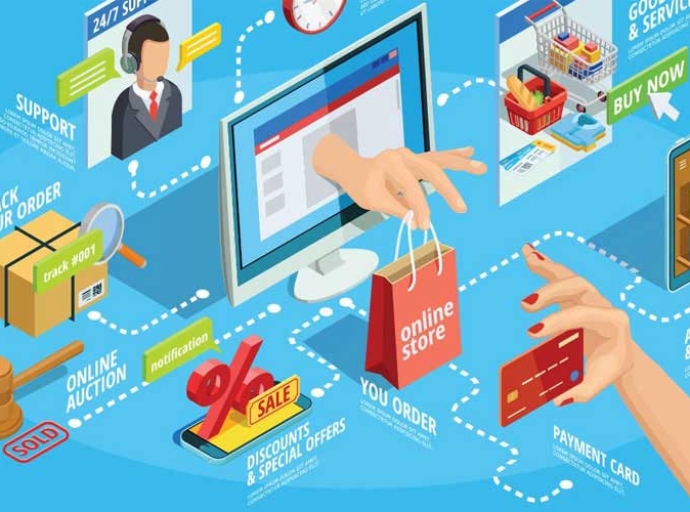Having won close to 300 million customers, e-commerce companies now aim to reach out to the next 200 million potential e-shoppers. Experts believe achieving this target would be challenging as consumers are less well-off, less trusting of online transactions and not as familiar with latest trends. But they’re as aspiring as anyone else. For this, retailers will need to carefully curate the merchandise and price products to match the purchasing power, says Ankur Pahwa, Partner, EY. Buyers would need a lot more hand-holding and this would call for a lot more interaction across multi-level touch points, perhaps even micro sites with a simple user interface within the main platform. In sum, Pahwa believes there will be a far greater use of the 4Vs – voice, vernacular, visual and video.
Anurag Mathur, Partner, PWC, points out local brands could be a lot more in demand. That would require e-commerce platforms to onboard more local vendors and enable and equip them to sell better. Also, electronic gadgets, which typically account for the bulk of the merchandise, might need to yield space to apparel, fashion products and even groceries.
An Omni channel strategy could be equally important. Pahwa says the route to market for the next 200 could be different with an omni channel piece a big part of the strategy. Indeed, there is a fairly large catchment of consumers that continues to browse on the net and buy in the stores. Deeper collaboration with brands and local manufacturers will help companies create demand as they are typically aware of customers’ consumption and purchasing patterns.
Latest Publications

































